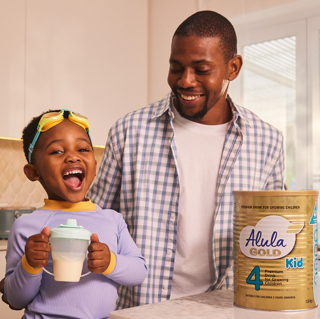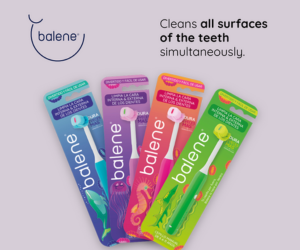What causes nappy rash?
The most common cause of nappy rash is when your baby’s skin becomes inflamed after contact with the chemicals in urine or faeces.
Nappy rash is likely to occur if nappies are not changed often enough or if your baby has diarrhoea. However, if your baby has particularly sensitive skin, it can occur even when the nappy area is frequently cleaned.
Sometimes friction caused by the nappy rubbing against your baby’s delicate skin or washing detergents that have not been thoroughly rinsed out of terry nappies (reusable nappies) can also cause nappy rash to the develop.
When is nappy rash more likely to occur?
Nappy rash can affect your baby’s bottom at any time and the reasons can be unclear. Particularly as some babies naturally have more sensitive skin and may be more prone to the condition. However, there are certain times when babies are especially susceptible to nappy rash, such as:
- During teething.
- Changing from breast to bottle feeding.
- When your baby feels unwell. (If your baby has a cold, their stools may be soft; meaning that nappy rash may be more likely to occur.)
- After antibiotics (Which can upset a baby’s digestive system causing diarrhoea.)
- Starting on solid foods.
- Sleeping a full night for the first time (Meaning that their nappy may be changed less often.)
- Drinking cow’s milk for the first time.
How to spot nappy rash
You can often quickly detect nappy rash by looking for these effects:
- A slight redness in the nappy area(This tends not to affect the skin folds.)
- Your baby’s bottom and upper thighs can become red and moist
- Skin can also become sore, spotty and hot to touch
- Patches of dry, flaky skin may also develop
- In more severe cases, blisters and pus-filled spots may appear.
- Nappy rash can be soothed, protected from coming back by using the Sudocrem at every nappy change.
Types of nappy rash
Normal nappy rash
The most common occurrence of nappy rash is when the skin looks red and sore, and can almost appear shiny. This is usually caused by your baby’s bottom being in contact with a dirty nappy for a prolonged period or if the baby has a bout of diarrhoea. It is often the combination of urine and faeces which causes the most irritation. Mild nappy rash should disappear after a few days of following the steps above — sometimes it can go over night.
Fungal nappy rash
Different types of nappy rash require different treatments. A fungal nappy rash is a form of thrush and treatment is often an anti-fungal cream which your GP will need to prescribe. This should be applied thinly to the affected area. The fungal rash shows as tiny red spots and the genitals can appear swollen and can sometimes occur if your baby is on antibiotics. It is important that, if the nappy rash is fungal, you avoid your usual barrier cream as this can make the condition worse. If you are unsure, ask your GP or Health Visitor for advice.
Bacterial nappy rash
A bacterial nappy rash shows as infected spots or pimples and your baby is likely to have a fever. It can develop from a normal nappy rash when the skin has broken and an infection has developed because of bacteria entering the broken skin. This type of nappy rash may well need antibiotics so you should see your GP for treatment advice and monitoring as soon as possible.

Use Sudocrem Skin and Baba Care Cream at every nappy change to soothe irritated skin and to prevent nappy rash from occurring. Sudocrem is available in 60g, 125g, 250g and 400g tubs and can be purchased at Baby City, Dis-Chem Pharmacies, Clicks, other major retailer outlet near you and online.
















I love sudocrem. Only barrier cream that helped with my baby’s nappy rash.